Voices from thefrontlines
Climate change is reshaping our world and exposing Africans, across the continent, to increased hardship. How can its people be empowered to face climate shocks and stressors and make informed decisions to move or stay now and in the future?
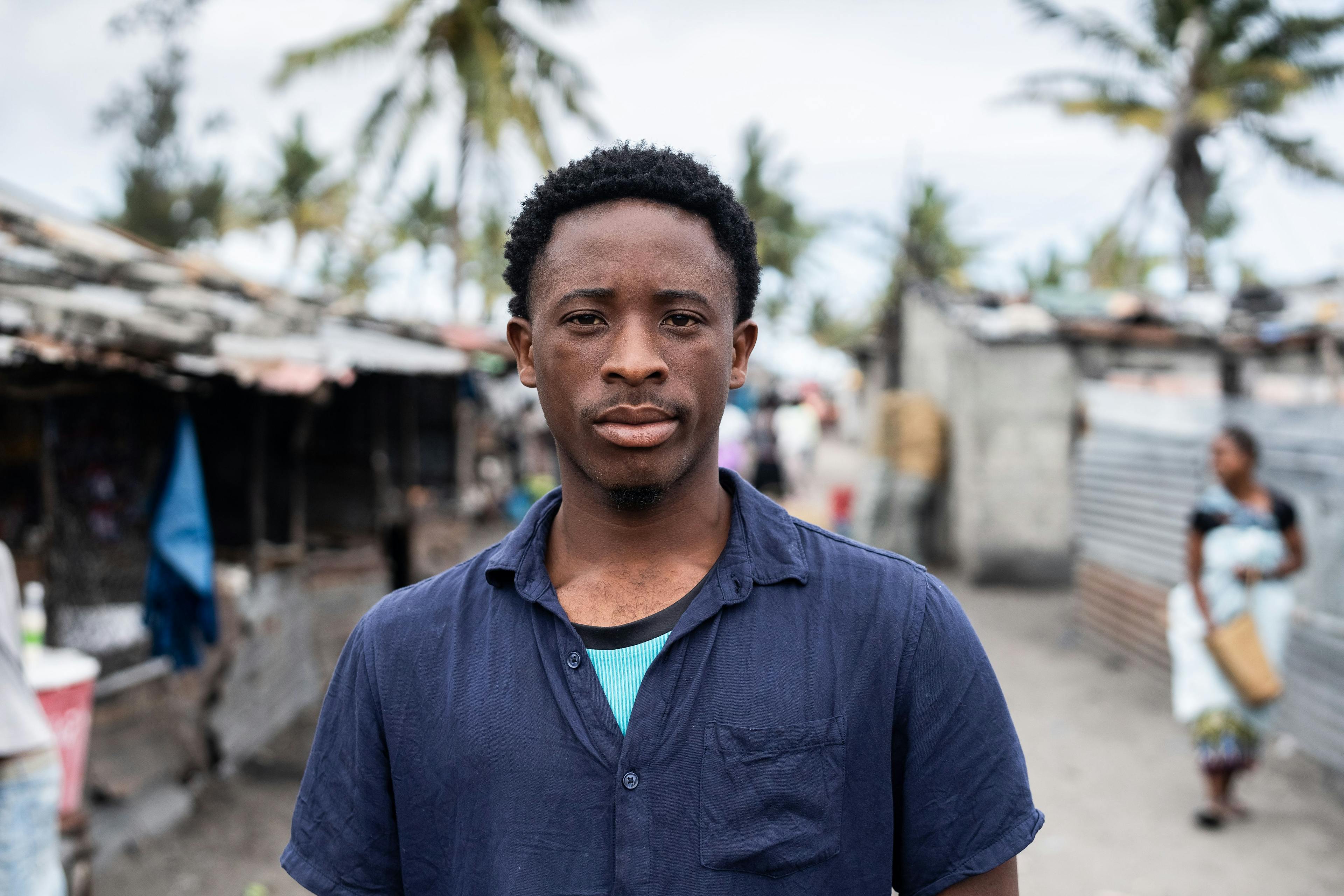
On the forefront • 4.2
The Young LeadThe Way
The Young LeadThe Way
Aspiring and educated youth are ready to move
Introduction
Educated youth who are free of family commitments and looking for work are likely to embrace climate mobility first. Many see moving as part of life.
Preparing youth for future climate challenges will make the population in Kano (Nigeria’s North West), expected to grow in 10.3 million people by 2050, more resilient. Adaptation will facilitate the lives of young people moving, considering moving, and staying in their current locations.


Hargeisa, Somalia
Nimo Barud (19)
Barud moved from rural Somalia ‘to survive’ after her family lost most of their livestock in the drought. She settled in town, and works as a maid which allows her to support her mother and siblings. She finds the local accent difficult.
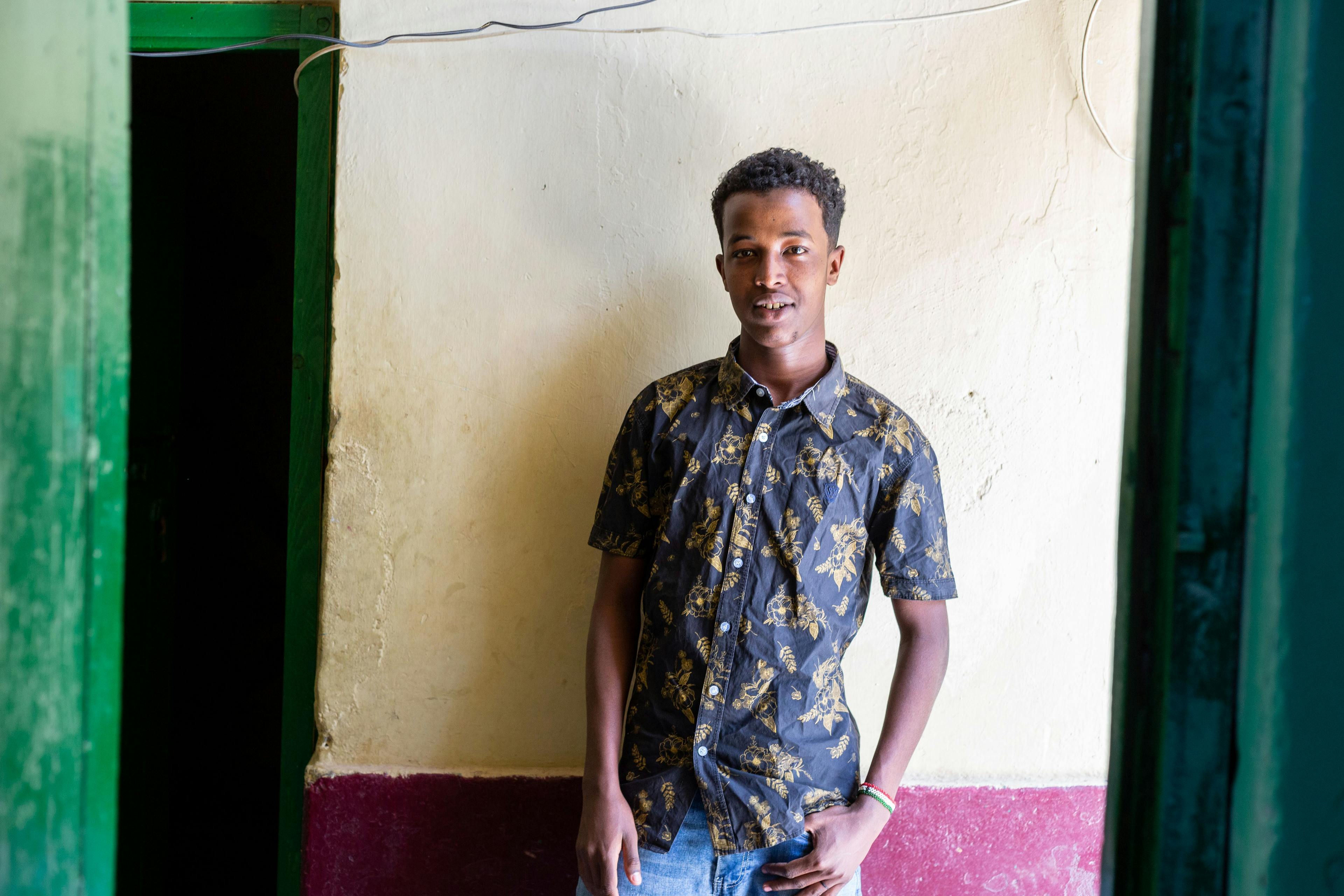
Hargeisa, Somalia
Ahmed Muse Mahamoud (16), student
Mahamoud dreams of becoming an engineer. He made the hot, dusty trip here with others who, like him, came to study. His family connections are helping him find his feet: he lives with an aunt; his brother pays his tuition fees.
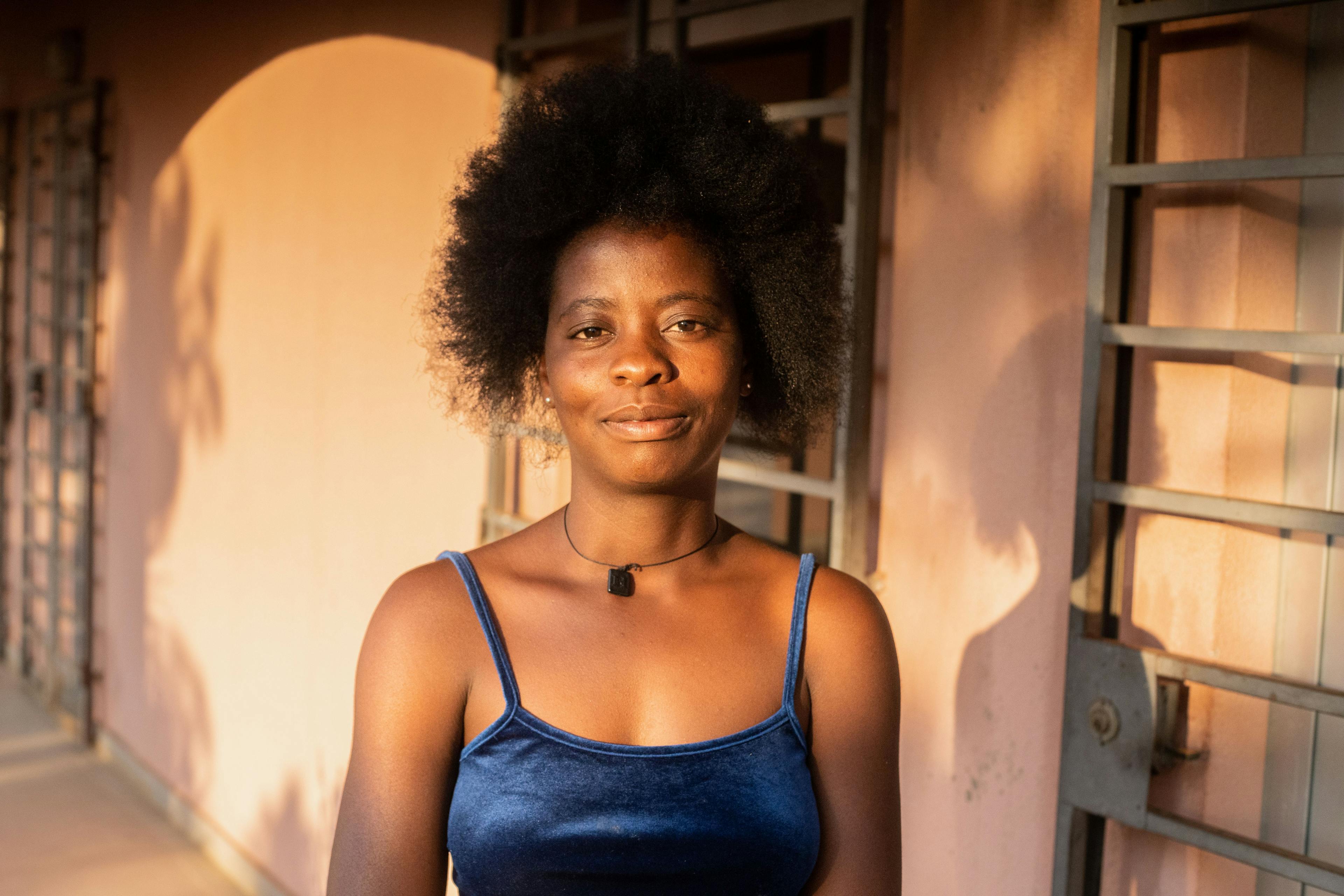
Cahama, Angola
Monica Henriques (19)
Henriques does not see many prospects in drought-hit Cahama, which has limited schooling, healthcare, and services. She expects to ‘realise her dreams’ in Ondjiva, about two hours’ drive away. She has relatives there, who may help her get started.
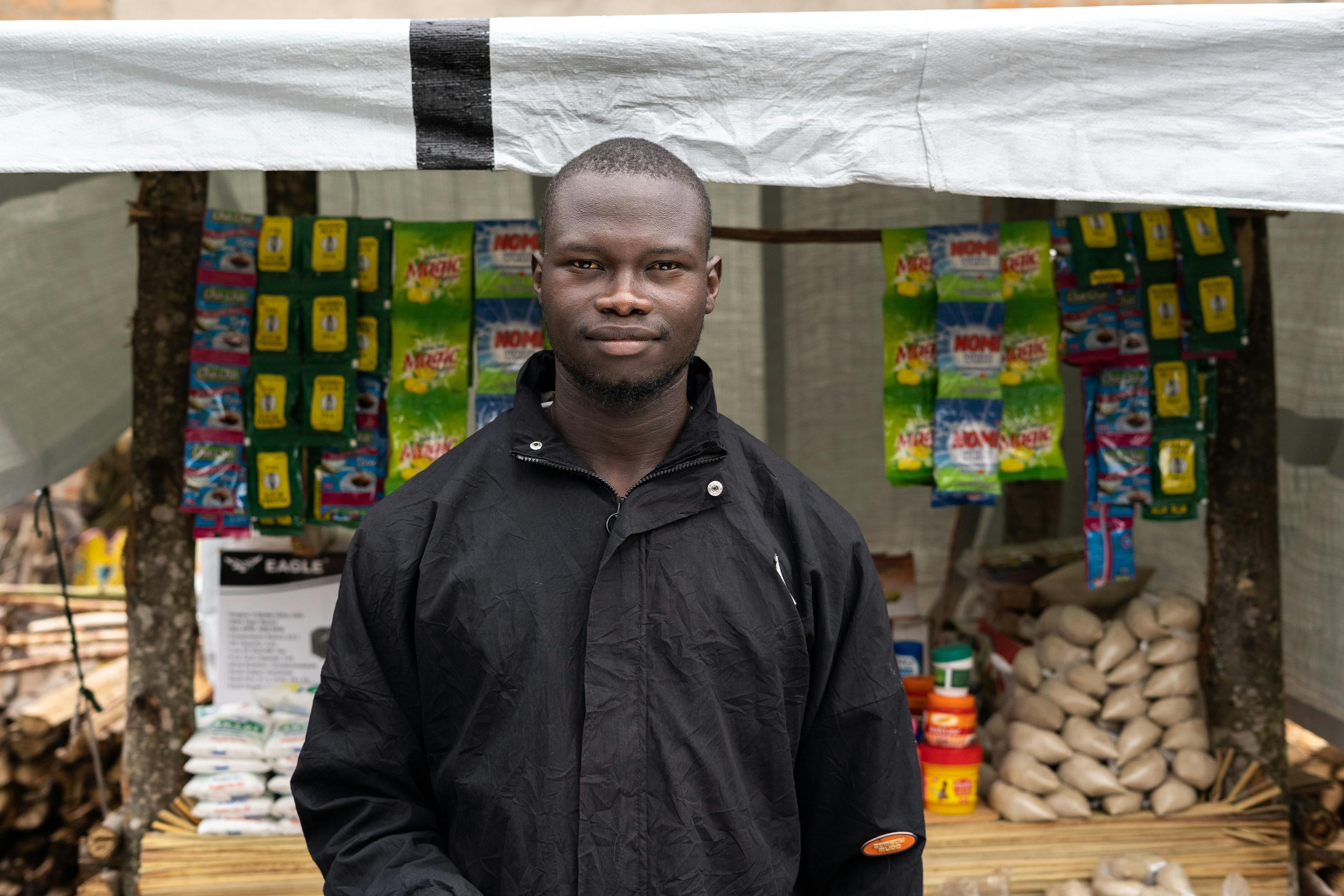
Kirjoro, near Arua City, Uganda
Peter Madira (23), market trader
Madira moved to Kampala to ‘find work, make money, and change his life’. After three years as a security guard, he had saved enough to return to Kirjoro and start his own business. He sells household goods at a local market.
At the forefront of climate mobility: Africa’s growing youth population
Almost 60 percent of Africans are under the age of 25. In 2020, the median age in Africa was 20 years. By 2100, almost half of the world’s youth (46 percent) are expected to be from Africa. Compared to previous generations, Africa’s youth is more educated, less encumbered by family responsibilities, and more likely to be unemployed. All these factors suggest that the younger generation may be more ready to migrate in response to climate disruptions.
Studies on climate mobility in Africa have found those under the age of 34 are more inclined to migrate, particularly if they are unmarried and educated. For example, in Kenya, youth with at least primary education are twice as likely to move in response to climate stressors than those lacking education. Meanwhile, in Zambia, Kenya, and Uganda, both young men and women are less mobile when they are married.
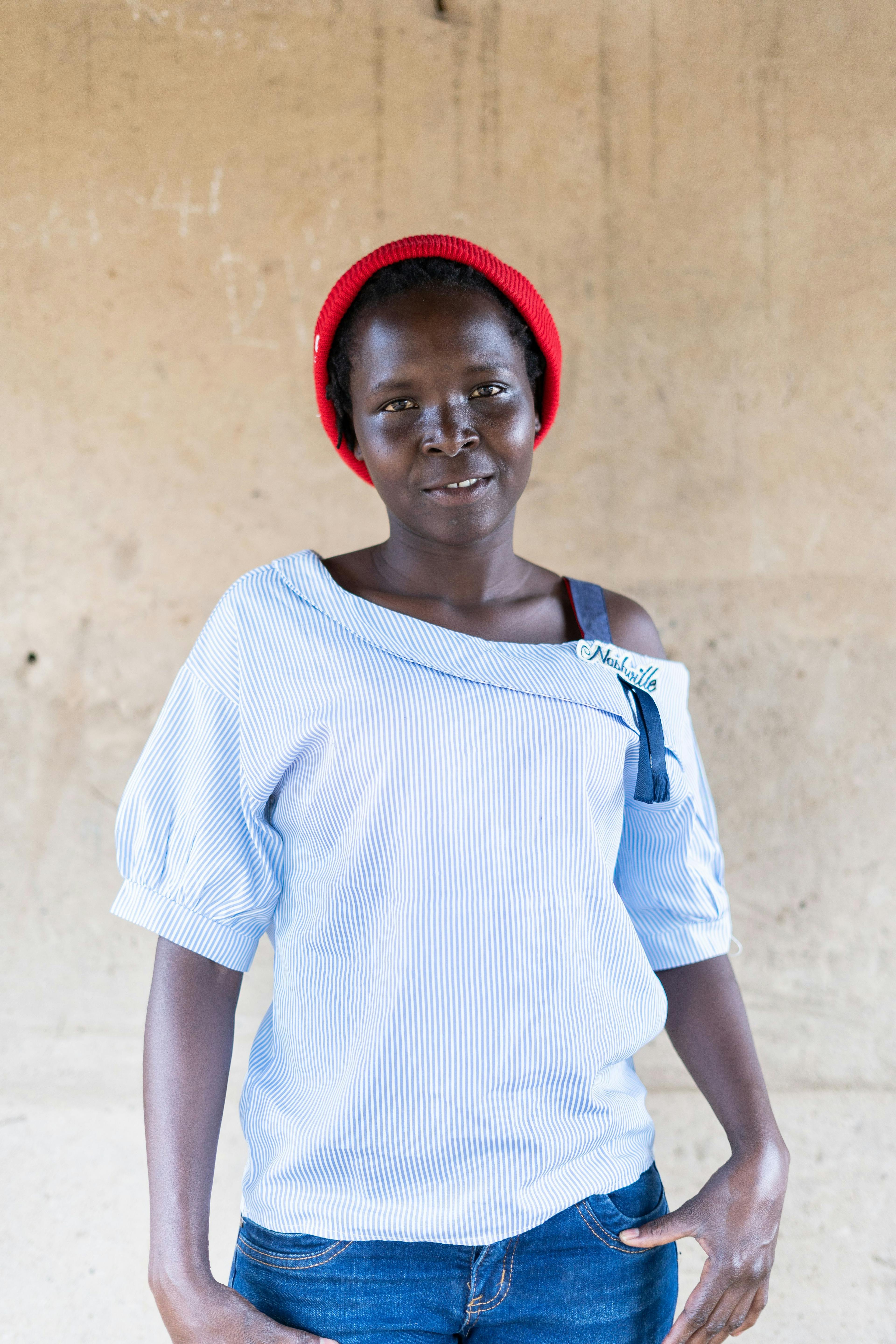
Arua, Uganda
Florence Lemon (20), house cleaner
As a child, Lemon returned from school in South Sudan one day to find her family had fled during a rebel attack. She joined others in a gruelling three-day walk to safety, and now lives in this busy borderland city. She fears her family may have died.

Lubango, Angola
Carlos Junior (20), university student
Junior sees a great future for himself in Lubango, where he moved with his mother’s help so he could study at the university. Living conditions here are good. He does not plan to return to rural Cahama. For now, his focus is on his education.
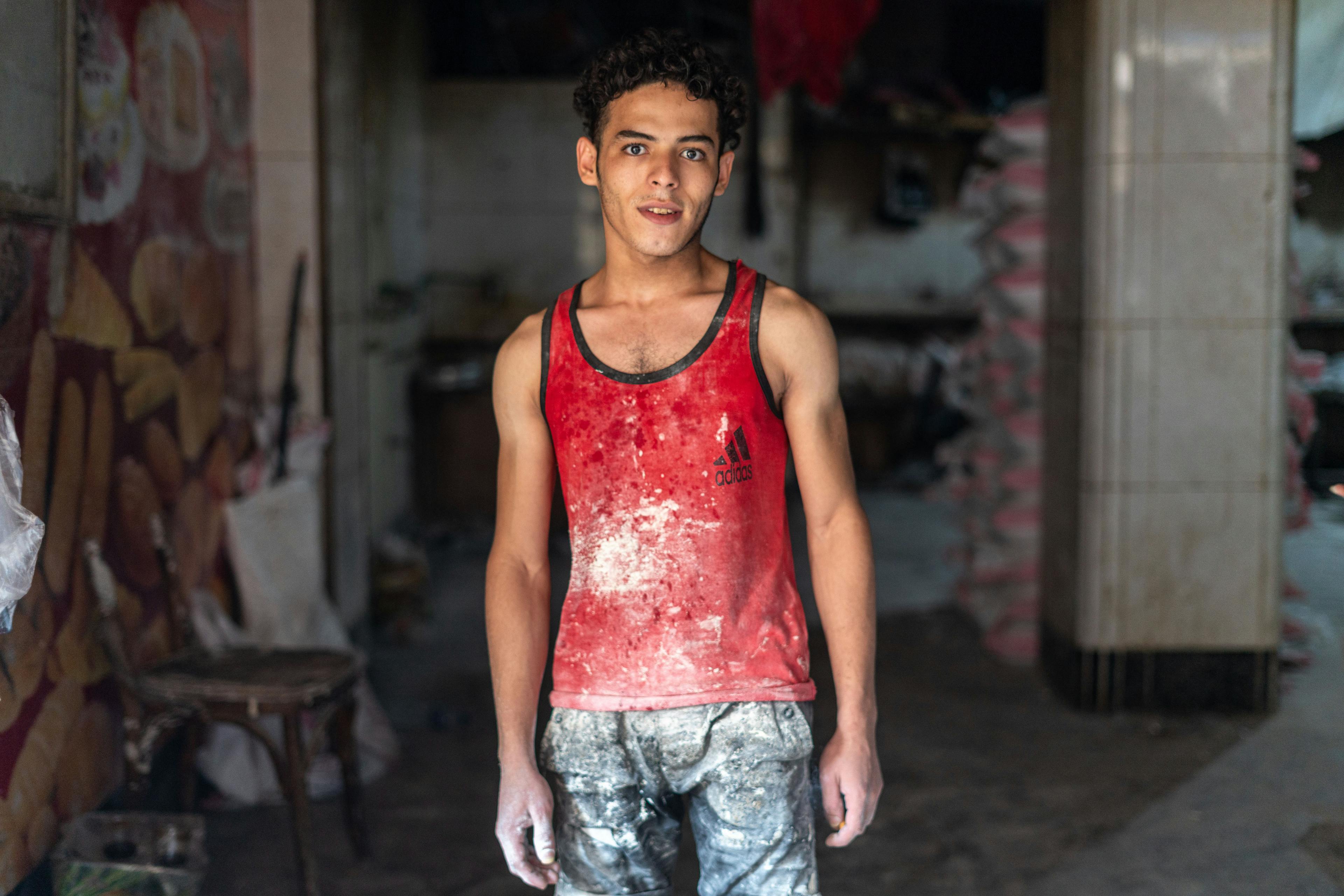
Alexandria, Egypt
Hassan Gabr Ahmed (18), bakery worker
Ahmed shares a city apartment with family from his home village in the Sohag region along the Nile River. He is saving to marry, and hopes one day to have his own bakery and apartment. He supports his family from his earnings.
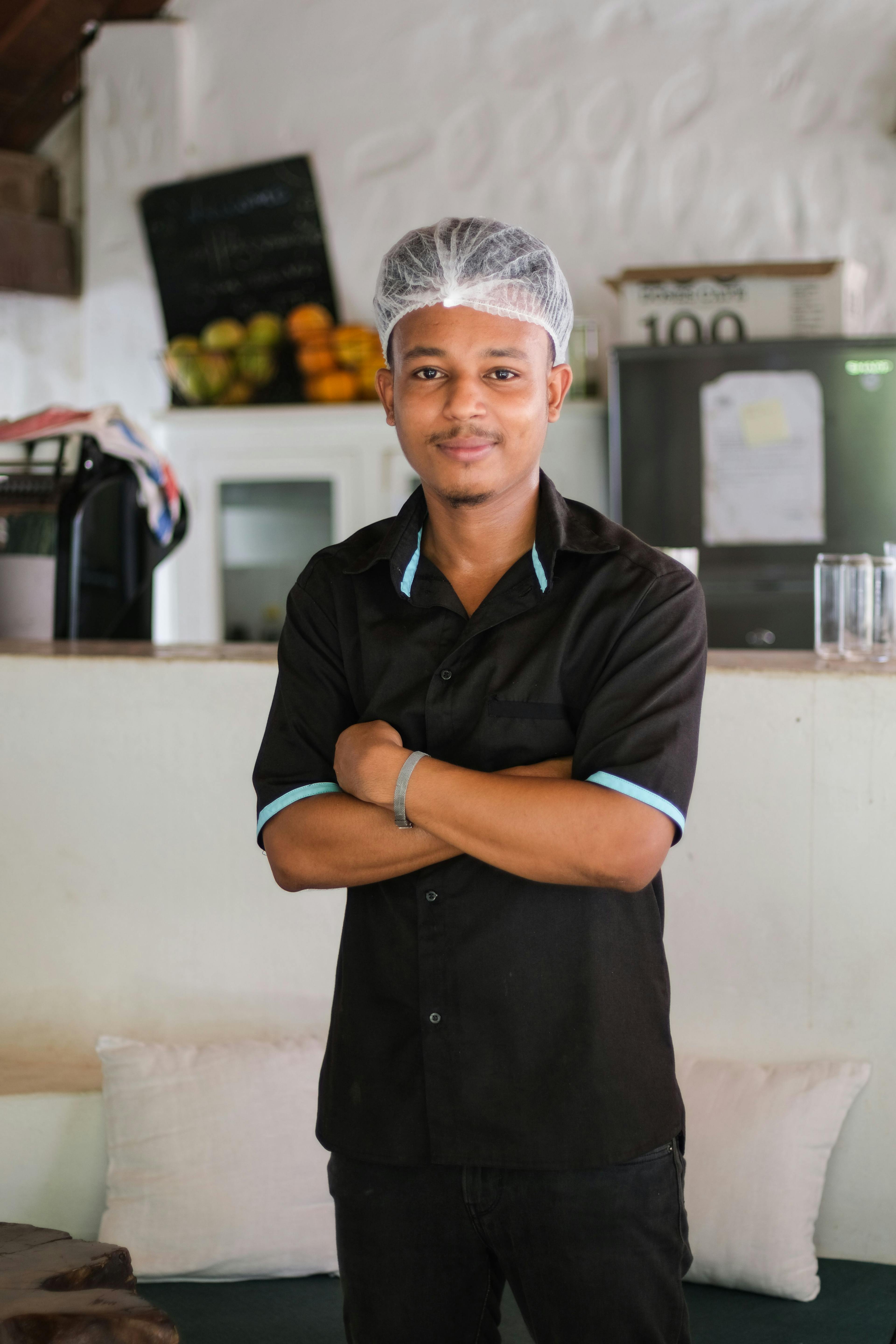
Dakar, Senegal
Mohamed Thiam (22), student and barman
Thiam was born in Toulouse to a French mother and Senegalese father but never identified with French culture. He moved to Senegal to find himself, and pays his way as a barman. Once finished studying he hopes to set up an electronics business.
Moving is normal for the young and more educated
The ACMI found a strong link between people’s interest in mobility, and their age and education level. When people move in search of livelihood opportunities, it is often young adults who migrate, and usually men more than women. A significant share of the youth surveyed – two out of every five – regard moving as something to be expected. Almost one in five had concrete plans to move. Young and urban respondents in Beira and Lagos, many of whom had a personal history of migrating into those cities, were most keen to move.
In a 2019 Afrobarometer survey, almost half (47 percent) of the youngest respondents aged between 18 and 25 years said they had considered leaving where they live. This was double or triple the proportions in people above age 45. Half of Africans with post-secondary education had thought about moving, with a quarter saying they had considered it ‘a lot’. In all of the 34 countries surveyed, younger people and the better educated, had strong aspirations to emigrate.
Figure 1
Even though the preference to remain dominates even within the young people, those below 24 years of age are more willing to move than older generations.
Question: When thinking about mobility, which of the following applies to you as an individual?
Percentage of respondents per age group and category
18-24
25-34
34-54
55 and above
Source: ACMI Survey data, 2022. Based on survey from 6 locations in Africa. Over 100 households interviewed, 3% of 18-24 year olds responded with don’t know or refused.

Cahama, Angola
Filomena Vasco (19), casual worker at local market
Vasco plans to join others from her community who are trekking south to Namibia. There is not enough food in the home, and she must provide for her ailing granny. For now, she earns a bit of money carrying stock for traders at the local market.
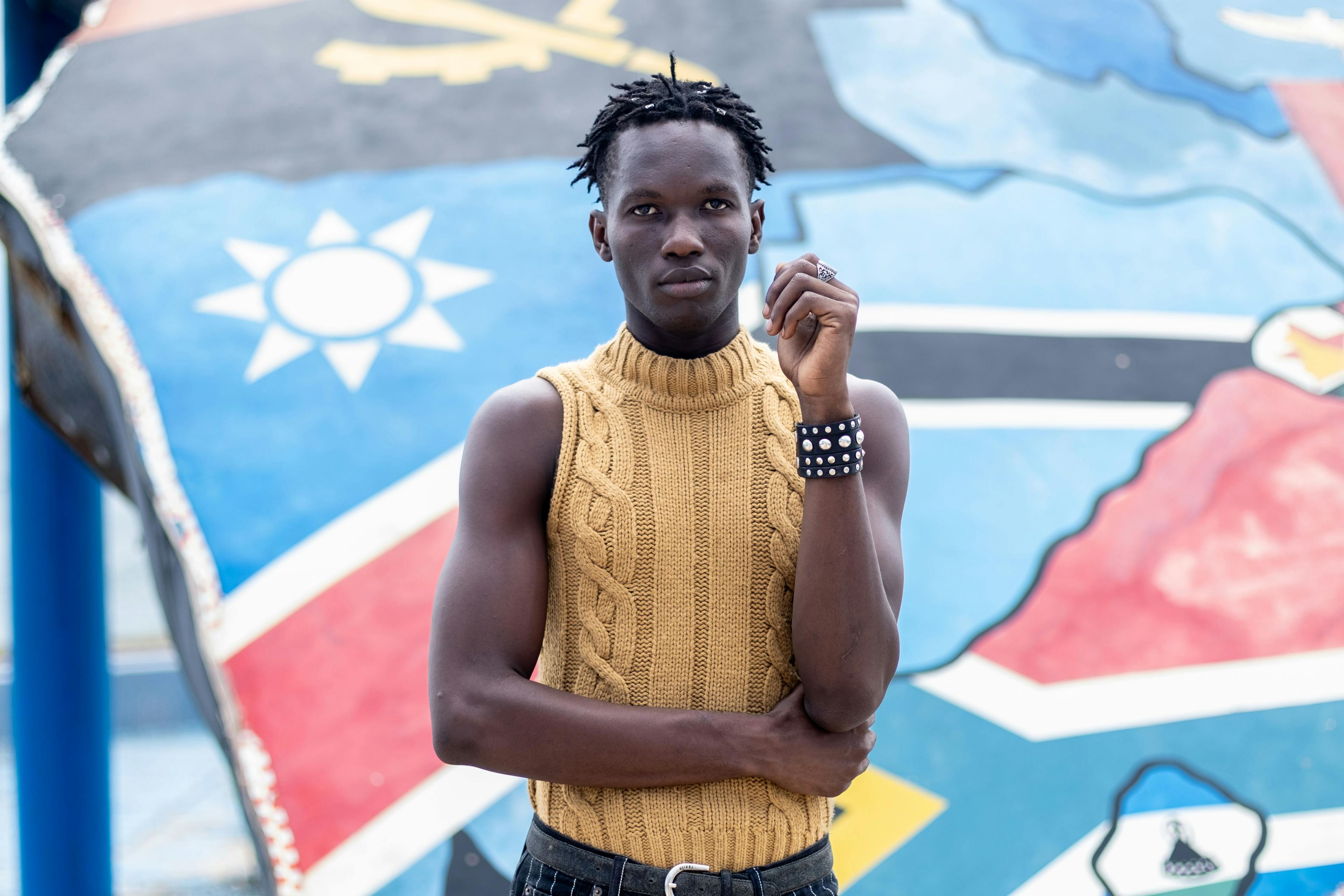
Dakar, Senegal
Cheikh Tidiane Sene (25), fashion model and designer
Sene feels he can be more himself in the capital. He is ‘down for it’, dreaming of a career in Europe, Turkey, or South Africa. He wants to work with the big brands, set up a modelling agency, and have a social impact, ideally here in Senegal.

Dakar, Senegal
Mohamed Jobarteh (24), barber shop trainee
Jobarteh left The Gambia to make something of his life, and is finding his feet. He lives in a backyard room in a school, and is busy with a three-month trial in a barber shop. He would like to open an agency that offers migrants support services.
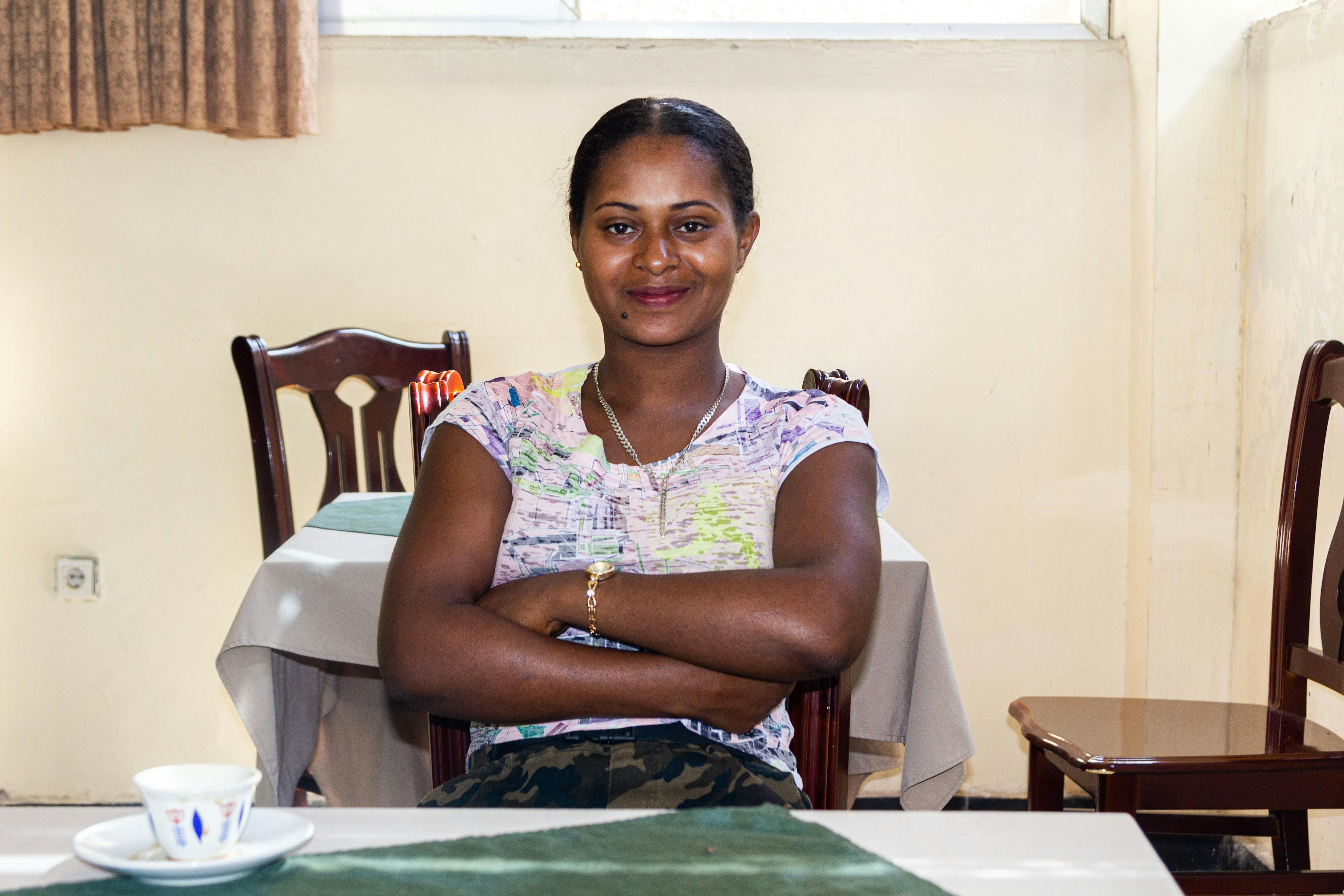
Adama City, Ethiopia
Sisay Melaka (20), garment quality controller
Melaka moved here in search of work after drought knocked the family’s farming income. She was hired as a quality controller in a garment factory and now plans to work her way up the ladder so she can earn more and get a nicer home.
The Way Forward
Africa’s growing population of young people will play a decisive role in shaping the continent’s future.
African youth are already active climate advocates and entrepreneurs involved in developing solutions to help their communities weather the climate crisis. Interventions must enable young people to develop and contribute their skills, experiences, and ideas to the wider societal effort to advance climate resilient development. This includes public works programmes and entrepreneurship support to protect fragile ecosystems, promote sustainable “climate smart” agricultural practices, and the transition to greener cash-based economies in urban areas. By joining forces to build centres of excellence and creating legal pathways for labour and skills mobility within the continent, countries can further incentivise youth with technical and academic skills to remain in Africa and advance its prosperity and resilience.
